Prevalence of Varicose Veins
If you suffer from varicose veins, you are not alone. Studies suggest that approximately 40 million people in the United States have variscosities. Half of this group are over the age of 50 and more than 60 percent are older women. Hormone changes throughout life tend to make women more susceptible to this condition. The problem may also develop due to genetics. Additionally, being overweight can also be a contributing factor. Anyone having an occupation that requires standing for extended periods or chronically lifts heavy weight may also be at higher risk.
Varicose Veins Causes and Prevention
While there is nothing that one can do about family history, and changing occupations may be difficult, other lifestyle changes may at least serve to delay varicose vein development. Maintaining a healthy weight and getting sufficient amounts of exercise weekly keep muscles toned and help leg veins perform more efficiently. Physicians at The National Institutes of Health also recommend that if needing to stand or sit for long lengths of time at a job, take breaks by changing positions. Avoid crossing your legs while sitting and elevate legs when sitting or just lounging around at home. Physicians at the Varicose Vein Center in Utah explain that the condition involves venous blood vessels that become engorged, swollen and sometimes twisted because valves within the veins falter. Veins return blood to the heart and lungs for oxygenation. The blood travels upward from the legs through the assistance of contracting leg muscles. Valves in the vessels keep the blood from flowing in reverse. When the valves weaken or completely fail, blood flow stalls and may pool or form dangerous clots. In many cases, the veins merely become visible beneath the skin and appear raised. In more severe instances, patients may experience swelling around the ankles, skin discoloration and sometimes develop open skin wounds called venous ulcers.
Varicose Vein Treatment
While some seek medical intervention to eliminate the appearance, many consult with Utah varicose veins physicians because the condition may cause physical pain or pose a health threat. Depending on the size and location of the problem vein or veins, specialists use different treatments that are designed to block blood flow to a particular vessel, which forces the blood to travel through other veins. A recent study performed by researchers in the United Kingdom determined that thermal ablation therapy, known professionally as endovenous thermal ablation, proved the most effective technique in alleviating the problem.
From the fall of 2008 to the fall of 2012, surgeons researched treatment methods on 800 volunteer subjects diagnosed as having varying degrees of varicose veins. Some underwent ablation treatments, another group received specially designed foam injections and the last group had veins surgically removed. After six months following the procedures, surgeons evaluated the patients for outcomes and possible complications. While all treatment techniques proved successful, the individuals receiving thermal ablation therapy experienced fewer adverse effects. However, when patients have veins with very wide diameters or veins that lie particularly close to the skin, specialists are more inclined to recommend surgical removal as a safer alternative. To determine the best individualized treatment method, you should consult with a vascular specialist at the IVC Interventional and Vein Center.


